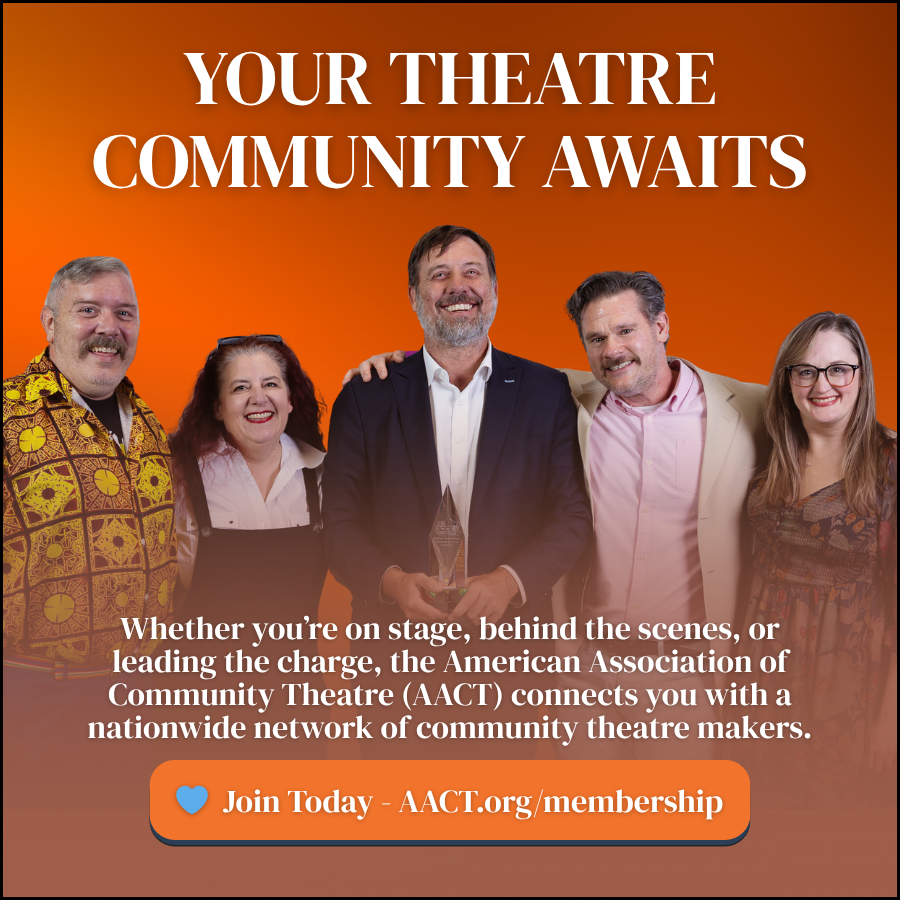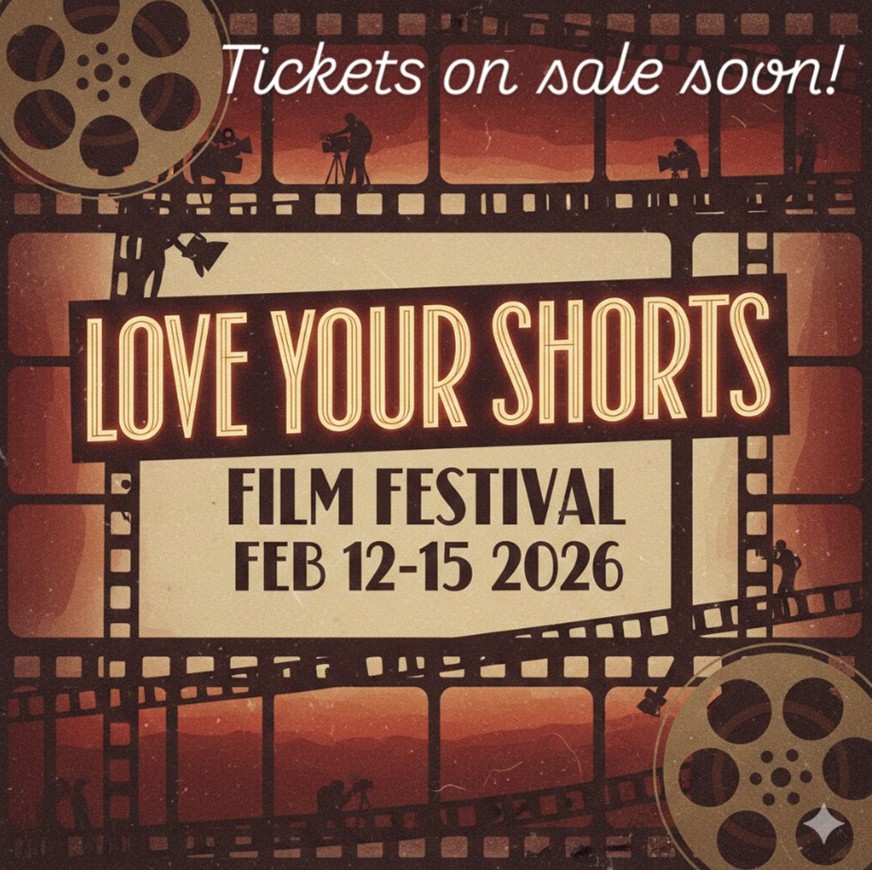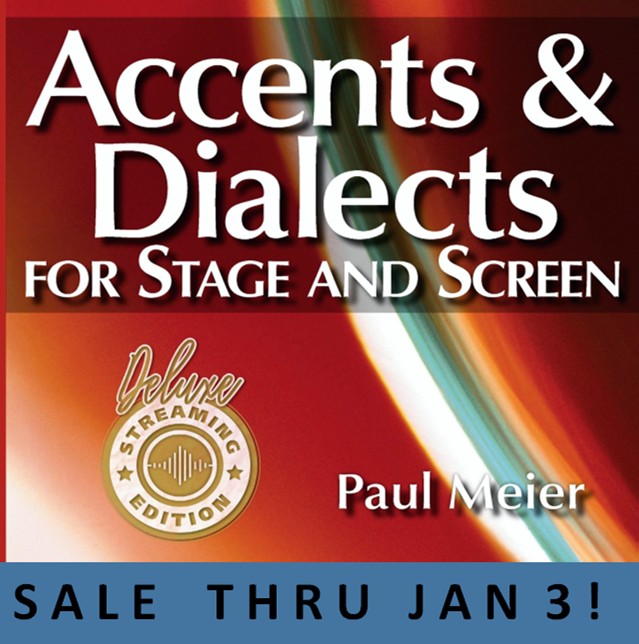Montana 1
Listen to Montana 1, a 50-year-old woman from Browning, Montana, United States. Click or tap the triangle-shaped play button to hear the subject.
Both as a courtesy and to comply with copyright law, please remember to credit IDEA for direct or indirect use of samples. IDEA is a free resource; please consider supporting us.
BIOGRAPHICAL INFORMATION
AGE: 50
DATE OF BIRTH (DD/MM/YYYY): 1956
PLACE OF BIRTH: Browning, Montana
GENDER: female
ETHNICITY: Blackfoot Native American
OCCUPATION: phone-operations manager
EDUCATION: high school
AREA(S) OF RESIDENCE OUTSIDE REPRESENTATIVE REGION FOR LONGER THAN SIX MONTHS: N/A
OTHER INFLUENCES ON SPEECH: N/A
The text used in our recordings of scripted speech can be found by clicking here.
RECORDED BY: Tanera Marshall
DATE OF RECORDING (DD/MM/YYYY): 15/07/2006
PHONETIC TRANSCRIPTION OF SCRIPTED SPEECH: N/A
TRANSCRIBED BY: N/A
DATE OF TRANSCRIPTION (DD/MM/YYYY): N/A
ORTHOGRAPHIC TRANSCRIPTION OF UNSCRIPTED SPEECH:
While I was growin’ up, we lived in the country. It was — we were used to riding horses. Um, the rodeo life, I believe, is just something that’s really strong here. It’s changed a lot from when I was younger. Uh, it … a lot of people who love the rodeo say, um, the saddleground. Back when I was younger, alcohol was really — it was something like it was supposed to have been part of the life. And there would be, you know, fights and stuff like that, especially at the ending of the rodeos. And then, as we got older, or in our case, grew up, oh, OK, like, um, our kids didn’t quite grow up into the rodeo life. I have a nephew that is rodeoing right now. My son did for a while, until Indian relays came alive. And the Indian relays, I believe, in a lot of ways took over the rodeo. Um, a lot of people like goin’ to those more than anything. An Indian relay is where they have six teams, three horses involved. Um, one holds the horse. One holds the other horse back from — they come — it’s like a race, is what it is. And the one holding the horse — that guy’s — jumps off his horse, an then he jumps onto the other horse that this guy’s holding, and you just ca’ see some really crazy accidents. Um, and they just keep doin’ that until the last horse. Um, they even have, uh, Indian lady relay. I had a niece that relayed a long time for [unclear]. Um, ’cause they were really into Indian relays. I had — um, my nephew was just a little tiny guy, and they actually were riding. Um, they even have, like, little kids’ games and they also do with — you know, they put’em on this buffalo hide and, and then they drag’ em around, and it’s really exciting to watch. Um, let’s see, I love the antics in rodeo. And that’s like the saddelground: the bareback riding, the bull riding, the calf riding. Um, there is really a lot of ropers. Ropers are now, I would say, dominating the rodeo war. I like it, it’s not — I mean, it’s not as, like, you need somebody who’s riding. You’re like, “yeah, um …” and then the barrel racing and the calf riding. They have sheep riding. Some rodeos will have sheep, and the’s when they put s– like my grandson rode, won the three special prizes and he didn’t even want to get off the sheep. They just hang on, either with one hand, or with both hands. …
TRANSCRIBED BY: Jaqueline Baker
DATE OF TRANSCRIPTION (DD/MM/YYYY): 29/11/2007
PHONETIC TRANSCRIPTION OF UNSCRIPTED SPEECH: N/A
TRANSCRIBED BY: N/A
DATE OF TRANSCRIPTION (DD/MM/YYYY): N/A
SCHOLARLY COMMENTARY:
Subject has a slower rate of speech; dentalized T and TH; delayed/aspirated T; dropped g (in’); glottal stops before initial vowels; and some nasality.
COMMENTARY BY: Tanera Marshall
DATE OF COMMENTARY (DD/MM/YYYY): 15/07/2006
The archive provides:
- Recordings of accent/dialect speakers from the region you select.
- Text of the speakers’ biographical details.
- Scholarly commentary and analysis in some cases.
- In most cases, an orthographic transcription of the speakers’ unscripted speech. In a small number of cases, you will also find a narrow phonetic transcription of the sample (see Phonetic Transcriptions for a complete list). The recordings average four minutes in length and feature both the reading of one of two standard passages, and some unscripted speech. The two passages are Comma Gets a Cure (currently our standard passage) and The Rainbow Passage (used in our earliest recordings).
For instructional materials or coaching in the accents and dialects represented here, please go to Other Dialect Services.
 IDEA: International Dialects of English Archive
IDEA: International Dialects of English Archive




